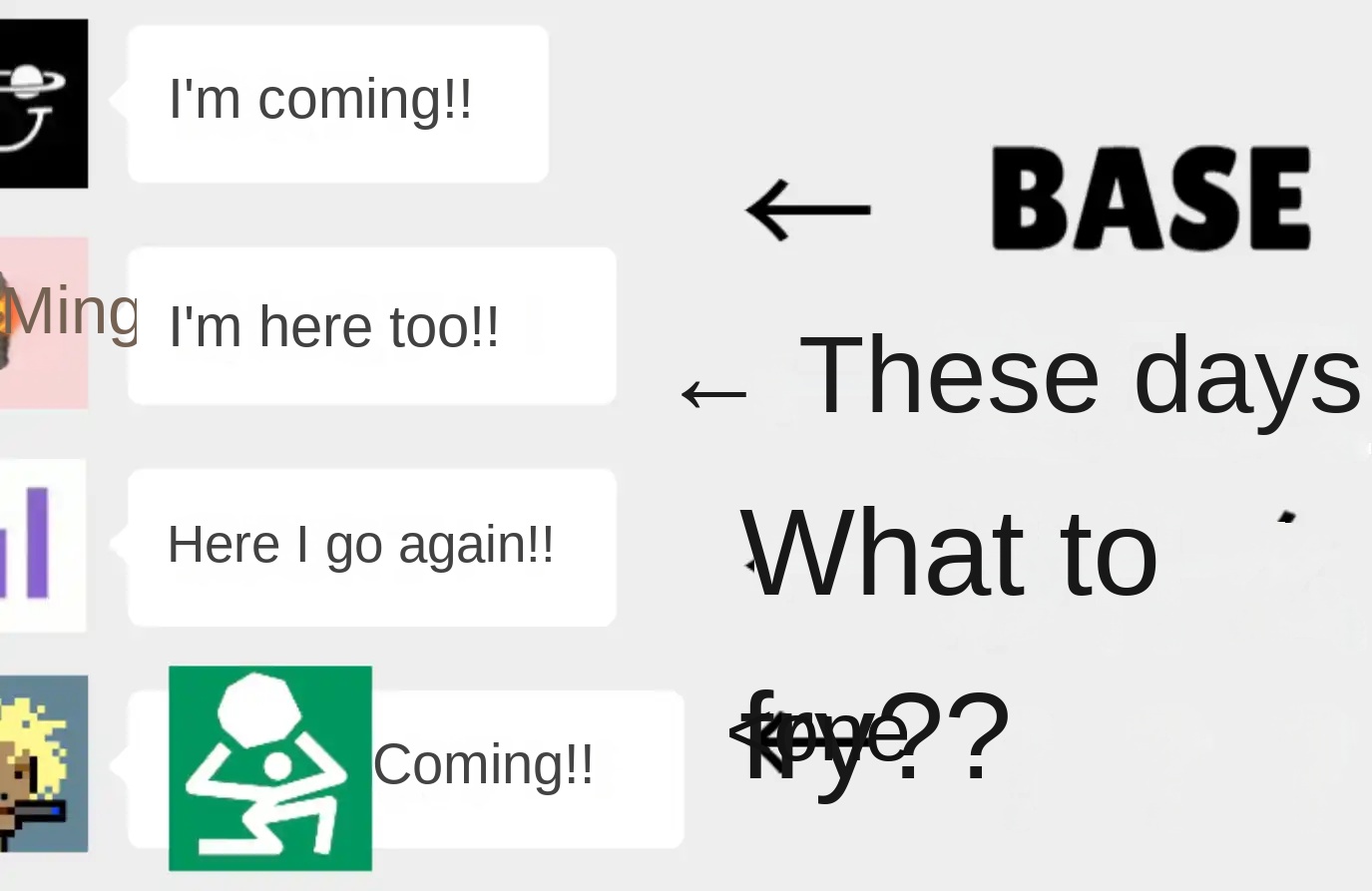Why is JLP, the "best fixed-price investment" in the cryptocurrency circle, so resistant to declines?
There are no gamblers who always make money, but there are casinos that always make money. So, on the chain, can we also make money by "investing in casinos"? After launching JLP, Jupiter seems to have given an answer.
Since the beginning of this year, Jupiter's perpetual contract platform JLP (Jupiter liquidity provider) has become one of the best performing and highest-yielding casinos. According to Dune data, the opening fee on August 5 alone reached 2.475 million US dollars, and each opening fee was only 0.0006 US dollars. But according to flyingfish data, from the beginning of this year to date, players who played contracts on Jupiter have only earned a total of $3.7 million, and they have contributed $136.8 million in fees to JLP.

On August 5, the market plummeted, crypto assets collapsed across the board, Ethereum wiped out the year's gains, and SOL also fell all the way to $110. However, in the case that the underlying assets are all Bitcoin, Ethereum and SOL, JLP's decline is smaller than the underlying assets. Many people began to wonder why JLP is so resistant to declines?
Contract players: In debt from the moment they open a position
On JLP, the user's counterparty is the platform itself. When traders seek to open a leveraged position, they borrow tokens from the pool and are fed prices directly by the oracle. This model is also known as "jointly opening a casino", that is, users make money and the platform loses money.
The JLP pool supports five assets: SOL, ETH, WBTC, USDC, and USDT. The contract supports leverage multiples of 1.1x-100x. The relevant liquidity is borrowed from the JLP pool. After closing the position, the trader obtains profits or settles losses, and returns the remaining tokens to the JLP pool.
Take long SOL as an example. Assuming the price of SOL is $150, opening a 5x leverage means borrowing 5 SOLs from the pool, worth $750. If the SOL price rises to $160 and the position rises to $800, the trader will close the position with a profit. After closing the position, the trader needs to return the initial $750 principal, with a total profit of $50. However, for the platform, since SOL has risen at this time, the principal price is less than 5 SOLs, so the platform's U-based funds remain unchanged, while the currency-based funds are in a loss state.
If the price of SOL falls to $140, the position is only $700, and the trader stops the loss and closes the position, so the trader needs to return the remaining $700 assets to the platform and pay an additional $50. As SOL falls, the amount of SOL corresponding to $50 increases, the platform currency standard is in a profitable state, and the U standard funds remain unchanged. Similarly, shorting SOL requires borrowing stablecoins.
The biggest difference between JLP and general perpetual contracts may be that the latter may have negative rates. In order to make the price of perpetual contracts close to the spot price, the platform will subsidize the interest rate, but in the case of JLP, there is no platform subsidy.
Whether it is profitable or loss, the opening principal comes from the JLP platform. Therefore, whether it is long or short, from the moment the position is opened, the trader owes the platform a debt. According to the JLP Pool page, the current APR of JLP is 72.47%, but the data is updated weekly and is somewhat different from the actual income.

You can manually calculate directly on the contract trading page. The interest rates of different pools are different, that is, the borrowing rate (Borrow rate) in the figure below. If calculated based on the SOL interest rate, 0.0028% per hour (x24 hours x365 days), the annualized rate is 24.53%. Similarly, Ethereum's annualized rate is 16.64%, and Bitcoin's annualized rate is 44.68%, that is, the total annualized rate is 85.58%.

From left to right are the contract-related fees of SOL, ETH, and wBTC
JLP investors: both gains and losses are less than the underlying assets
The fees generated by the transaction will be reflected in the platform token JLP. According to the official introduction, the value of JLP comes from three aspects.
The first is 75% of the fees for opening positions, closing positions, borrowing and the transaction fees of the fund pool. Since the platform fee can be shared, the net value of this part of JLP is basically in an upward state.
The second is from 5 underlying assets. Theoretically (Target Welghtage in the figure below), the price of one JLP is composed of 44% SOL, 10% ETH, 11% WBTC, 26% USDC and 9% USDT. The net value of JLP is also calculated based on these factors on the official platform page, which is currently $3.18.

The rise and fall of SOL, Ethereum and Bitcoin will also cause JLP to change accordingly. Therefore, some community members believe that buying JLP at a low point is a good choice, which can not only benefit from the increase in the underlying assets, but also from the platform fees.
However, a careful comparison of the rise and fall of JLP and other assets shows that the fluctuation of JLP is smaller. The main reason is that 35% of JLP's value comes from stablecoins (USDT and USDC), and the price of stablecoins does not fluctuate violently.

In order to compare JLP's increase more specifically, DeFi researcher @22333D calculated the price changes of JLP and equal shares of SOL, Ethereum and Bitcoin from May 7 to May 19, and found that JLP's increase was the smallest, with JLP's increase of 5.3%, while the corresponding SOL, Ethereum and Bitcoin's increase totaled 6.8%.
@22333D explained that the shortfall may come from the currency-based losses of the JLP platform. This is also the third source of JLP's value, namely the trader's profit and loss, which is negatively correlated with the JLP price. If a trader makes a lot of money, the net value of JLP will decrease, which is equivalent to the asset composition of JLP being earned by the contract player, and vice versa.
Although the platform will also be in a loss-making state in the short term, according to flyingfish data, since the beginning of this year, JLP's profits have generally been greater than its losses.

Use JLP as financial management?
Currently, you can directly purchase JLP through the Jupiter current price order on the JLP official website, realizing 0 handling fees. Part of the purchased JLP comes from LP, and part is newly minted JLP. When JLP reaches the TVL limit (US$700 million), it will stop minting. The current TVL is US$591 million.

@22333D pointed out that if SOL is used to purchase JLP, it can be equivalent to exchanging 56% of SOL for stablecoins, Ethereum and Bitcoin. Then, by using 35% of the total JLP position to buy SOL, you can use hedging to achieve SOL financial management.
If you use USDT or USDC to buy JLP, you can use 44% of the total JLP position to short SOL, 10% to short Ethereum, and 11% to short Bitcoin, which actually turns JLP into a stablecoin-based financial product.
In addition, JLP also has other arbitrage methods, such as depositing JLP on the Solana lending platform Kamino, borrowing stablecoins, and then buying JLP to achieve leveraged mining. However, because of the casino factor of JLP, its price has uncontrollable risks. Whether as a contract player or a token investor, you need to be cautious, DYOR.
Welcome to join the official BlockBeats community:
Telegram Subscription Group: https://t.me/theblockbeats
Telegram Discussion Group: https://t.me/BlockBeats_App
Official Twitter Account: https://twitter.com/BlockBeatsAsia
 Forum
Forum OPRR
OPRR Finance
Finance
 Specials
Specials
 On-chain Eco
On-chain Eco
 Entry
Entry
 Podcasts
Podcasts
 Data
Data


 Summarized by AI
Summarized by AI







